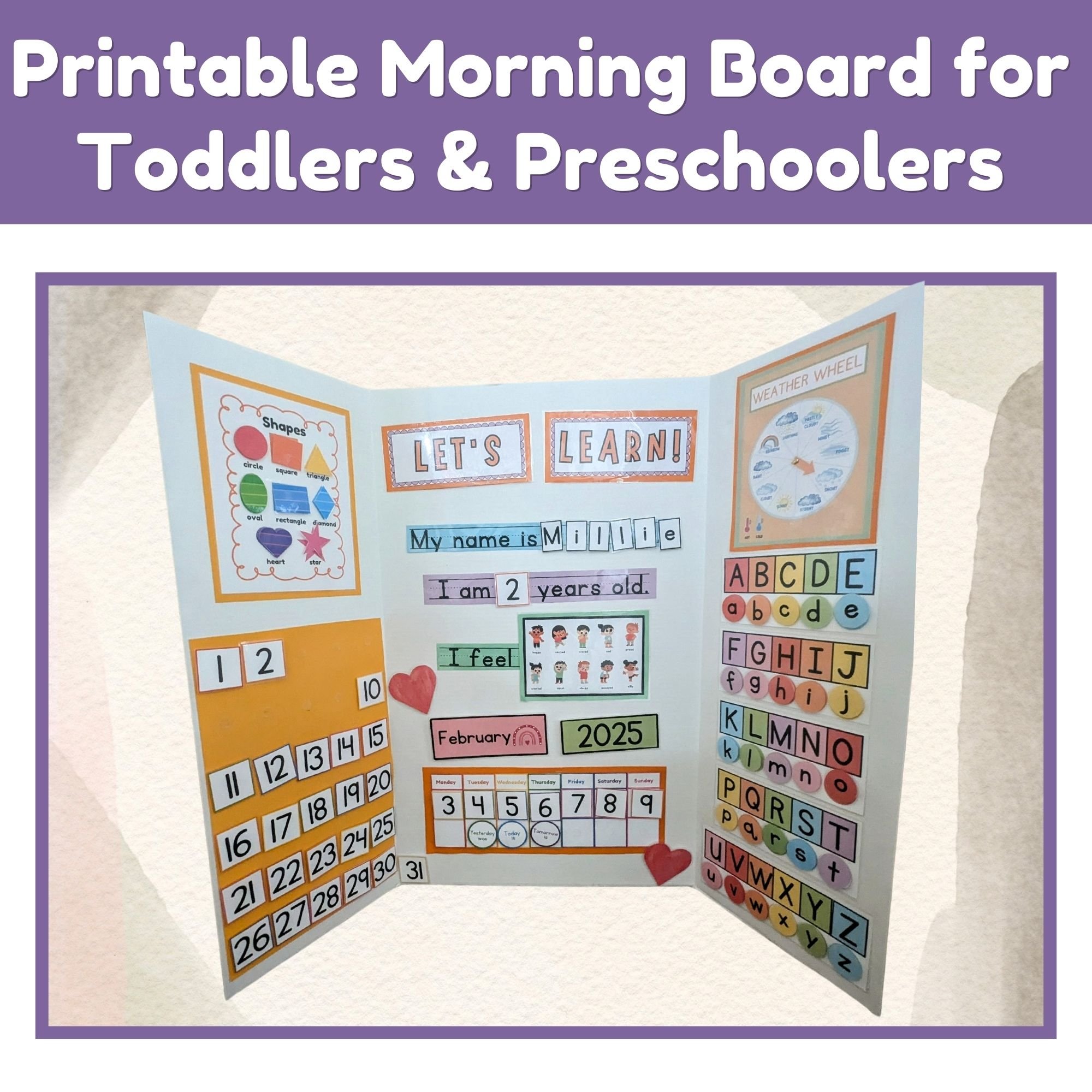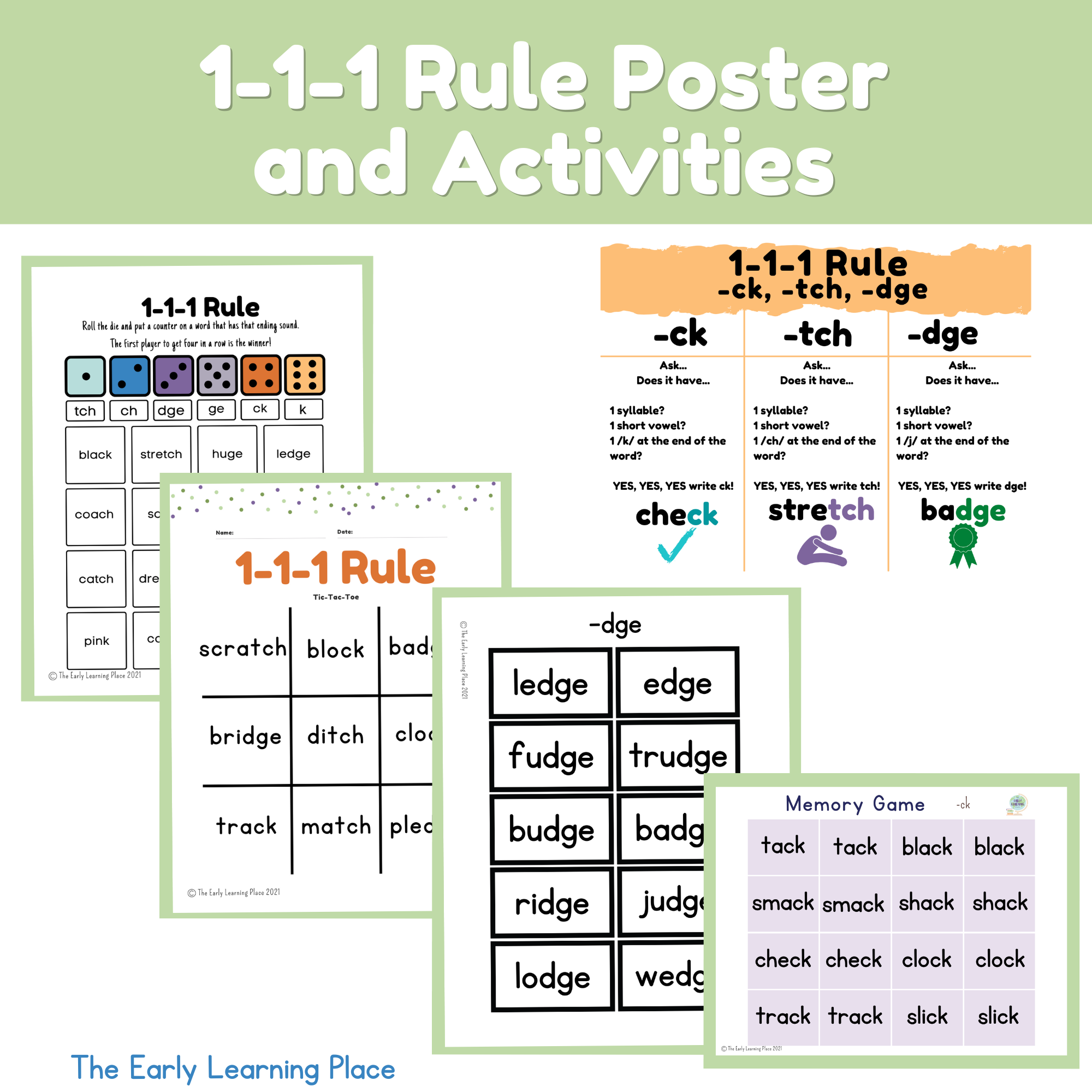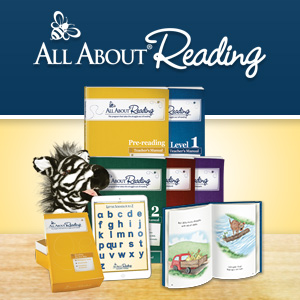Teaching Short Vowels: Tips and Tricks for Early Readers
NOTE: English is a complex language with numerous rules and patterns! For the sake of simplicity in this blog post (and with young learners in mind), we will focus on the 5 most common short vowel sounds.
However, if you're interested in exploring the complexities of the English language, I highly recommend reading "Uncovering the Logic of English: A Common-Sense Approach to Reading, Spelling, and Literacy" by Denise Eide. This is one of my favorite books! She breaks down the English language and provides examples of all the whys and hows of spelling and reading.
Teaching Short Vowels
Short vowels are a fundamental part of learning to read.
So, when teaching short vowels, kids (and their teachers) need to understand what they are and why they are important. Not sure what short vowels are or why they are important, let alone how to teach them to your child? I am here to help! Let’s start with what they are.
What are short vowels?
The vowels of our alphabet are A, E, I, O, U (and sometimes Y). Every vowel can make a long sound and a short sound (they can also make a lazy sound, called a Schwa but we won’t get into that right now!).
For beginning readers, we just need to focus on the short sounds for a, e, i, o, and u!
Often you will see these sounds represented by a curved symbol called a breve ( ˘ ) above the vowel. The word "breve" means 'short or brief' in Latin, which perfectly describes these vowel sounds! They are short!
Short vowels are vowel sounds that we say quickly or for a quicker amount of time than long vowel sounds (long vowel sounds are when the vowel says its name).
Try saying the following sounds aloud. As you make each sound, pay attention to the shape and sensation of your mouth.
/a/ as in: at
/e/ as in: et
/i/ as in: in
/o/ as in: ot
/u/ as in: ut
These are the short vowel sounds! Notice how we make our mouths open when we say them!
What is the rule for short vowels?
A vowel is considered short when it is followed by a consonant (all letters in the alphabet that are NOT vowels, read more about Vowels vs. Consonants here). We call these closed syllables. Here are some examples:
cat den fin dot bug
Closed syllables are often referred to as CVC words in most reading programs. They are some of the first types of words young readers learn.
How to teach short vowels and when to start
Short vowels are typically the first vowel sounds introduced to children, and they are usually taught in this order: a, i, o, u, e.
Let’s look closer at HOW to actually go about teaching these foundational sounds to your child.
When is your child ready to learn short vowels?
You know your child best! So, this answer will vary from kid to kid. I personally lean on starting around 5. After 15 years of working with young readers, I have noticed that this is the sweet spot to start teaching short vowel sounds. My older students tend to have a much harder time. Younger kid's brains are more elastic, so they pick up on things so quickly!
That being said, you are the parent and you get to decide! (Keep in mind, that younger students, need play-based activities which we will talk about in a bit).
Your child does not need to know all of their letter sounds yet to start working on CVC words.
Short vowels can be introduced with the other letters sounds. This is the order I typically teach letters…
a m s t p f
i n o d c u
g b e s k h r
l w j x qu v z
Notice that after I have introduced the first 6 letters I can already have my learner work on blending some CVC words like mat, sat, pat, Sam, pat, and Pam! WOW!
If your child already knows the sounds the letters can spell, then they are definitely ready to learn about short vowels and begin to blend some CVC words!
Still not sure? Here are some signs that your child may be ready if they can/are:
Identify Rhymes: Rhyming aids in phonological awareness and is essential for learning short vowels. (If they are struggling with rhyming, start here)
Isolate the Beginning and Ending Sounds in Words: If you give your child a word, can they tell you the first sound in that word? The last sound they hear? We want your child to understand that words are made up of individual sounds. If they are struggling with this concept, start here)
Focus for a Short Period (3-5 mins): Learning short vowels doesn't necessarily mean you have to sit still for extended periods of time but we do need them to focus for a few minutes. So, if your child can sit and engage with a learning activity for 3+ minutes, they're likely ready to start. (If they are struggling to focus, try to have them focus on one activity for 2 minutes, then the next day for 3 minutes, and so on! Some kiddos, find success when they use a timer).
Showing Interest in Reading: Motivation and curiosity are so important in learning to read! If they are not showing interest in reading, continue to incorporate books and stories into your daily routine.
What is the order of teaching short vowels?
Short vowels are usually taught in this order: A, I, O, U, E. Most programs follow this similar order but I always encourage parents to start with the short sound for A and save U and E for last. This is because the sounds for A, I, and O are typically easier for kids to produce than the sounds for U and E.
What is the best way to teach short vowels?
Teaching short vowel sounds is one of my favorites because it is pretty straightforward forward and there are a TON of amazingly fun ways to practice them.
Here are the steps I use to introduce short vowels to a learner (let’s use the letter A for this example):
Show them the sound (letter card, on a whiteboard, piece of paper).
Model the sound and mouth position, say, “This is the letter A. The letter A can spell /a/. What can A spell?” (Please, make sure they are saying the sound correctly, if they are having trouble have them pay close attention to what their mouth is doing when they say /a/)
Give them an example and hand motion, “This is the same sound I hear at the beginning of apple!” And model how you pretend to bite into an apple (see below for the hand motions I use for all of the short vowels). I also love to use my alliteration posters to help them hear words that start with the modeled sound, you can find them here.
Explain its importance: Say, “A is a very special letter because it is a vowel! Remember vowels are letters that can sing and they make more than one sound! We are practicing its short sound or its baby sound. AAAAAAA like in aaaaapple!” Read more on how to teach your child the difference between Vowels vs. Consonants here.
Practice!!! Play games. My parent guide has some great activities to practice new letter sounds, including short vowels!
Let’s Learn About Each Short Vowel
Let’s look at each vowel and the specific hand motions, keywords, mouth position, and letter formation that you can use when introducing it to your child.
Short A (ă)
Hand Motion: Pretend to eat an apple! 🍎
Keyword/Picture: Apple
Mouth Position: Open your mouth, with the tongue left on the bottom, and produce the sound in the throat.
Writing: Say, “around like a c, and down”
Decodable Words: cat, sat, hat, bag, sag, sad, fan
The resources I use: Short Vowel CVC Worksheets and Activities - Short A
NOTE! When a is next to an n or m, it makes a whiney sound, as in "can" or "ham." I call this a whiny a. Here is how I teach it: Whiny a
Short O (ŏ)
Hand Motion: Circle your mouth. Your mouth forms an O when you say its sound!
Keyword/Picture: Octopus 🐙
Mouth Position: Open your mouth in a rounded way, with the tongue down.
Writing: Say, “around like a c, and close”
Decodable Words: cot, hot, hog, dog, jog, fox, mom, got, log, hot, cot, rot, pot, sob, not, job
The resources I use: Short Vowel CVC Worksheets and Activities - Short O
Short I (ĭ)
Keyword: Itchy
Motion: Itch your nose.
Writing: Say, “down, dot”
Mouth Position: Slightly open your mouth in a smile, with the tongue on the floor of the mouth.
Decodable Words: hit, dig, him, lid, dim, did, mid, lit, Tim, hid
The resources I use: Short Vowel CVC Worksheets and Activities - Short i
Short U (ŭ)
Keyword: Up!
Writing: Say, “down and up”
Motion: Point up. ⬆️
Mouth Position: Open your mouth, keeping the tongue down, and produce the sound in the throat.
Decodable Words: gum, chug, dug, much, hug, tug, jug, pug, dud, mud, hut, up, cut
The resources I use: Short Vowel CVC Worksheets and Activities - Short U
Short E (ĕ)
Keyword: Elephant 🐘
Motion: Thumb and pointer finger at mouth (smile).
Mouth Position: Open your mouth and make a little smile, with the tongue flat.
Writing: Say, “across, up, around”
Decodable Words: get, den, fed, ten, men, bet, hen, net, Ben, bed, let, beg, pen, hem, Meg, Deb, pet, leg, met
The resources I use: Short Vowel CVC Worksheets and Activities - Short E
You can do this! Teaching Short Vowels
Mastering short vowels is crucial for early readers. These sounds form the foundation for reading and writing, and they can be fun to learn with the right approach! Remember to show your child how to form each sound, use visual aids, and keep the learning process enjoyable. If you want this information in a printable version click here!
Stay consistent and practice these steps with each vowel sound, you'll be amazed by how quickly your child is able to learn these sounds and begin to read!
I hope this helps you feel confident to get started with short vowel sounds!
Tools that Promote Short Vowels…
Tools I Love
🔧
Tools I Love 🔧
The Early Learning Place contains affiliate links. If you make a purchase, I may receive compensation at no extra cost to you! But I do SO appreciate your support! (And I will only ever, suggest tools that I personally use and love!)
Use code PLAY15 for 15% off any game from The Fidgit Game! My pick for practicing CVC words is Word Pop!
Tent Flash Cards Kit
This is one of my favorite blending tools! Perfect for modeling and for little hands to manipulate themselves!
Alpha Blocks Stacking Game
I bought this for a student’s birthday and there are SO many ways you can use these blocks! (Just be aware a few of the cards are iffy words, and I personally choose to take some of them out of the card deck.)
Spelligator Game
My learners love this game! Plus, it can grow with your child as they advance past short vowels!
Got It! Learning Phonics Cards
These card decks are so fun! They include 5 different ways to play and cards with key pictures! If your child is working on short vowels then get Set 1!
Want some step-by-step instructions on how to teach your reader short vowels? Check out All About Reading! This is the ONLY program I recommend! If your child is starting to work on short vowels, I would suggest All About Reading Level 1.
My content and philosophy align perfectly with it! Click here to learn more and feel free to message me if you are unsure what program would be the best fit!





















